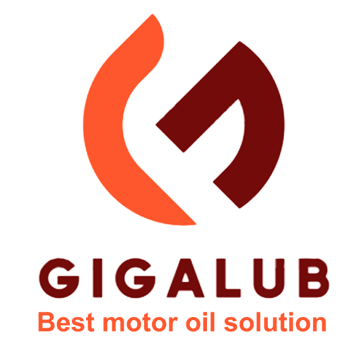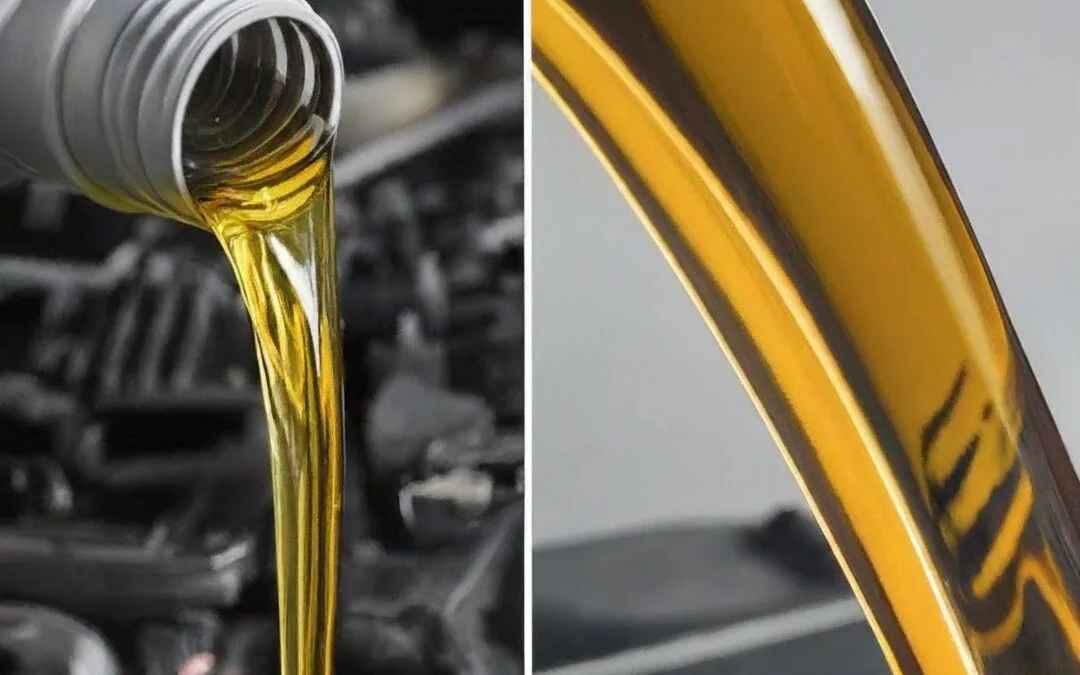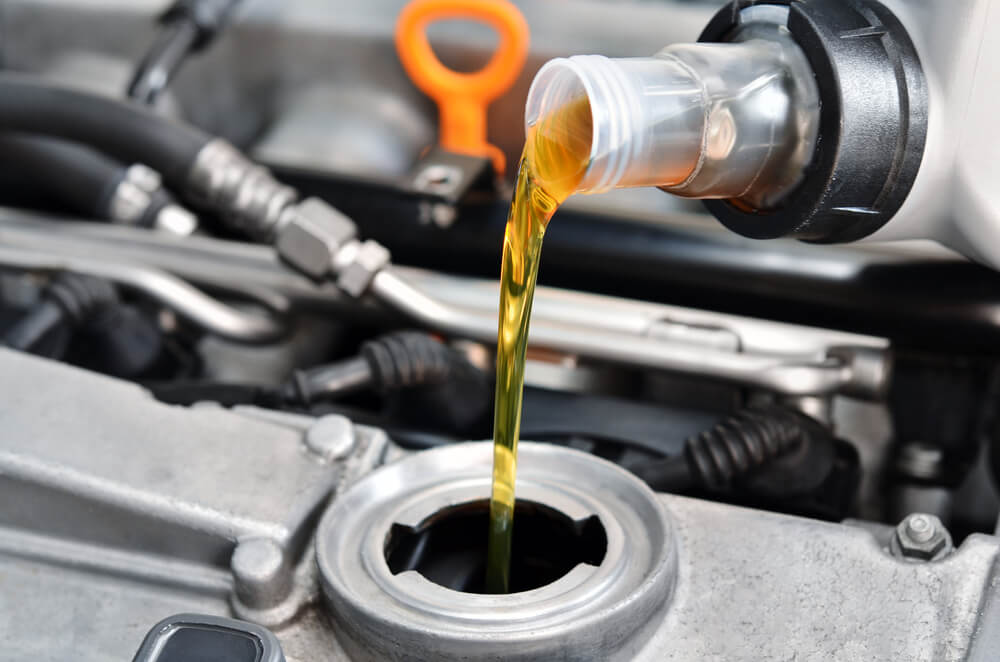Title: How to Dispose of Motor Oil Mixed with Water: A Step-by-Step Guide
Introduction:
Properly maintaining our vehicles is essential not only for their performance but also for the environment. However, sometimes accidents happen, and motor oil gets mixed with water. This mixture poses a significant environmental risk if not handled correctly. In this guide, we’ll walk you through the step-by-step process of how to safely and responsibly dispose of motor oil mixed with water. By following these guidelines, you can not only protect the environment but also ensure the health and well-being of your community. Let’s get started on the path to eco-friendly and responsible disposal.
Understanding the Problem: The Importance of Grasping the Situation
To effectively address any issue, it’s essential to first understand its scope and significance. When it comes to environmental concerns, this understanding is particularly critical. In this section, we delve into the importance of comprehending the problem at hand.
1. Recognizing the Environmental Impact:
- Before taking any action, it’s vital to recognize the potential consequences of the problem. In the case of motor oil mixed with water, this mixture can lead to soil and water contamination, harming aquatic life, vegetation, and affecting the health of local ecosystems.
2. Identifying the Health Risks:
- Understanding the problem extends to recognizing the health risks associated with it. Contaminated water sources can have severe health implications, impacting not only wildlife but potentially humans as well. This underscores the urgency of proper disposal.
3. Legal and Regulatory Considerations:
- Being aware of the legal and regulatory aspects related to the issue is paramount. Many regions have strict laws and regulations concerning the disposal of hazardous materials, including motor oil. Ignorance of these regulations can lead to legal consequences.
4. Preventing Future Incidents:
- Understanding the problem also involves identifying its root causes. By doing so, we can work to prevent future incidents. This proactive approach can lead to a cleaner and safer environment.
5. Community and Environmental Responsibility:
- Finally, grasping the problem fosters a sense of community and environmental responsibility. It reminds us that we all play a role in preserving the planet and ensuring a better future for generations to come.
Collection and Separation: Safely Managing Motor Oil Mixed with Water
Once you’ve recognized the problem of motor oil mixed with water, the next crucial step is collection and separation. This process is pivotal to safely manage the mixture and prevent environmental damage. Here, we’ll outline the steps involved in collecting and effectively separating the two components.
Step 1: Safety First Before starting, ensure you have the appropriate safety gear, including gloves and safety goggles, to protect yourself from potential hazards. Working in a well-ventilated area is also imperative to avoid exposure to harmful fumes.
Step 2: Gather Necessary Equipment You’ll need a clean, leak-proof container for collecting the mixture. It’s crucial that this container is in good condition and has not been used for any other purpose to prevent contamination. Additionally, have absorbent materials, such as cat litter or sawdust, on hand to help with the separation process.
Step 3: Collection
- Using a funnel, carefully collect the motor oil and water mixture into your clean container. Take your time to minimize spills or splashes.
- Remember to avoid contaminating the mixture further; ensure that the funnel and any tools used are clean and dedicated to this purpose.
Step 4: Settling and Separation
- Allow the collected mixture to settle. Over time, the oil and water will naturally separate due to their different densities. This may take several hours or longer.
- As the oil floats on top, you’ll notice water settling at the bottom of the container.
Step 5: Gently Remove the Oil
- Carefully skim off the oil layer using a clean, dedicated tool, such as a ladle, ensuring not to disturb the water layer below.
- Place the separated oil in a separate, labeled container.
Step 6: Dispose of the Water
- The water remaining at the bottom of the original container will still contain some oil residue. You can now carefully pour this water into another container and dispose of it in compliance with local regulations.
Step 7: Secure and Label Containers
- Seal both containers securely to prevent leaks or contamination.
- Clearly label each container to distinguish between the oil and water components. This prevents any future confusion.
See the below video for better understanding how to separate motor oil from water.
By following these collection and separation steps, you can effectively manage motor oil mixed with water while minimizing the environmental impact. Properly handling and separating the mixture is not only responsible but also essential for protecting the environment and your community from potential harm.
Proper Storage: Safeguarding Separated Motor Oil and Water
Once you’ve successfully collected and separated motor oil from water, the next vital step in the process is ensuring proper storage. The goal is to keep both components secure, uncontaminated, and ready for responsible disposal or recycling. Here’s how to do it right:
1. Selection of Suitable Containers:
- Choose containers that are clean, durable, and leak-proof. Avoid containers that previously held chemicals or substances that may contaminate the separated oil or water.
2. Labeling for Clarity:
- Clearly label each container, indicating its contents. This step is essential to prevent confusion and ensure that you don’t accidentally use or dispose of the wrong substance.
3. Storing the Separated Oil:
- For the oil, use a dedicated container, ideally one designed for motor oil storage. Seal it tightly to prevent spillage and contamination. Store it in a cool, dry place away from direct sunlight and heat sources.
4. Storing the Separated Water:
- The water container should also be sealed securely to prevent leakage or evaporation. Ensure it’s clearly labeled as well, distinguishing it from the oil container. Store it separately from the oil, in a secure area.
5. Avoid Mixing:
- Never mix the separated oil and water back together. This would negate all your previous efforts to separate and store them correctly.
6. Prevent Environmental Exposure:
- Store the containers in a location where they won’t be exposed to environmental elements, such as heavy rain or flooding. This helps maintain the integrity of the containers and prevents accidental leaks into the environment.
7. Regularly Inspect Containers:
- Periodically check the containers for any signs of damage or leakage. Address any issues immediately to maintain the integrity of the stored substances.
8. Accessibility and Safety:
- Ensure that the stored containers are accessible in case you need to transport them for recycling or disposal. Be mindful of safety concerns when handling these containers and follow proper safety protocols.
Recycling Options: Giving New Life to Used Motor Oil
Recycling used motor oil is not only environmentally responsible but also a vital part of sustainability efforts. It helps conserve resources, reduces pollution, and minimizes the environmental impact of improper disposal. If you’re wondering how to recycle used motor oil, here are some effective options:
1. Local Recycling Centers:
- Many communities have dedicated recycling centers that accept used motor oil. These facilities are equipped to handle and process used oil, ensuring it is recycled properly.
2. Auto Parts Stores:
- Some auto parts stores offer used motor oil recycling services. They typically have collection tanks where you can deposit your used oil. Check with local stores for availability.
3. Scheduled Collection Events:
- Communities often organize special collection events for hazardous materials, including used motor oil. These events provide a convenient way to dispose of your used oil while ensuring it is recycled correctly.
4. Household Hazardous Waste Programs:
- Some municipalities have household hazardous waste programs that accept used motor oil along with other hazardous materials. Contact your local waste management or environmental agency to inquire about these programs.
5. Certified Service Centers:
- Many certified auto service centers are equipped to accept and recycle used motor oil. When you get your oil changed or have other automotive work done, inquire if they offer oil recycling services.
6. Earth 911 or Online Resources:
- Online platforms like Earth 911 offer search tools to find local recycling centers and services that accept used motor oil. Simply enter your location and the type of material you want to recycle, and it will provide a list of nearby options.
7. DIY Recycling:
- If you’re an experienced DIYer, you can recycle used motor oil at home. This involves filtering the oil to remove impurities, ensuring it’s clean and free from contaminants, and then using it in a waste oil furnace or heater. However, this should be approached with caution and only if you have the necessary equipment and knowledge.
8. Environmental Stewardship:
- Recycling used motor oil isn’t just about meeting regulations; it’s an opportunity to be an environmental steward. By participating in responsible recycling, you contribute to reducing the environmental footprint of the automotive industry.
Disposing of the Water: Safely Managing the Residual Component
After you’ve successfully separated the motor oil from the water mixture, it’s essential to address the safe disposal of the water component. This step is critical to ensure that no residual environmental harm occurs. Here’s how to responsibly dispose of the water:
1. Review Local Regulations:
- Start by familiarizing yourself with local, state, and federal regulations regarding the disposal of water contaminated with motor oil. Compliance with these regulations is essential.
2. Seek Approved Disposal Methods:
- Investigate approved disposal methods in your area. Many communities have designated disposal facilities for hazardous liquids. Check with your local waste management or environmental agency to find these options.
3. Avoid Drains and Sewers:
- Never pour the contaminated water down drains, sewers, or stormwater systems. Doing so can result in environmental pollution and is often illegal.
4. Seek Professional Assistance:
- If you’re uncertain about proper disposal methods or believe the water is highly contaminated, consider seeking professional assistance. Environmental cleanup companies have the expertise and equipment to manage hazardous materials properly.
5. Recycle or Reuse:
- If possible, explore recycling or reuse options for the water component. Some facilities may have processes in place to treat and reclaim water, especially if it’s not heavily contaminated.
6. Evaporation and Sunlight:
- In some cases, water with a minimal oil content can be left in an open container in direct sunlight. Over time, the sunlight can help evaporate the water portion, leaving behind the oil for separate disposal.
7. Container Disposal:
- Depending on the local regulations and the quantity of water, it may be feasible to seal the water in containers and dispose of it through approved waste collection services. Ensure the containers are securely sealed and labeled.
8. Document and Record:
- Keep records of the disposal process, including dates, methods, and any documentation related to disposal facilities used. This can be important for legal compliance and environmental responsibility.
9. Prevention for the Future:
- Consider ways to prevent future mixing of motor oil and water to reduce the need for disposal. This includes adopting better practices when handling and storing motor oil and water.
DIY vs. Professional Services: Making the Right Choice for Motor Oil Mixed with Water
When it comes to managing motor oil mixed with water, one critical decision you’ll face is whether to handle the situation yourself (DIY) or seek the expertise of professional services. Both options have their merits, and the choice depends on various factors. Here’s a guide to help you make an informed decision:
DIY (Do-It-Yourself):
Advantages:
- Cost Savings: Handling the separation and disposal of motor oil and water by yourself can be more budget-friendly, especially if the amount is relatively small.
- Control: You have full control over the process, from collection and separation to disposal, ensuring it aligns with your preferences.
- Learning Opportunity: It’s an opportunity to learn and gain knowledge about proper disposal methods, which can be valuable for future situations.
Considerations:
- Safety: DIY efforts require careful handling of hazardous materials. Ensure you have the appropriate safety gear and a solid understanding of safety protocols.
- Regulatory Compliance: Familiarize yourself with local and state regulations for proper disposal. Non-compliance can lead to legal repercussions.
- Environmental Impact: Mistakes in handling hazardous materials can have long-lasting environmental consequences. Make sure you’re well-prepared and informed.
Professional Services:
Advantages:
- Expertise: Professional services have the knowledge and experience to handle hazardous materials safely and responsibly.
- Safety Assurance: You can rely on their adherence to safety protocols and environmental regulations, reducing the risk of accidents or environmental harm.
- Convenience: Hiring professionals saves you time and effort, as they manage the entire process, from collection to disposal.
Considerations:
- Cost: Professional services come at a cost, and the price may vary depending on the quantity and complexity of the task.
- Availability: Services may not be readily available in all areas, which could necessitate a significant effort to find and engage a service provider.
- Local Regulations: Ensure the chosen service complies with local and state regulations for hazardous waste disposal.
Making the Right Choice: The choice between DIY and professional services ultimately depends on your comfort level, available resources, and the volume of material you need to manage. If it’s a small, manageable amount and you’re confident in your ability to handle it safely and responsibly, DIY may be suitable. However, for larger quantities or if you’re uncertain about the process, professional services provide peace of mind and ensure full compliance with environmental and safety standards
Conclusion:
Properly disposing of motor oil mixed with water is not just a matter of environmental responsibility; it’s a crucial step in protecting our surroundings and our communities. By following the correct procedures for collection, separation, storage, and disposal, we can minimize the environmental impact of this hazardous mixture.
Whether you opt for DIY methods or enlist the help of professional services, the ultimate goal is to ensure the safe and responsible handling of these materials. Understanding local regulations and emphasizing safety at every step is essential. In the end, the choices you make today can lead to a cleaner, safer, and more sustainable tomorrow for all.
Useful links:
https://portal.ct.gov/-/media/DEEP/waste_management_and_disposal/used_oil/UsedOilMixturespdf.pdf
FAQs: How to Dispose of Motor Oil Mixed with Water
Q1: How does motor oil get mixed with water?
- Motor oil can mix with water due to various factors, including leaks in storage containers, accidental spills, or improper disposal practices.
Q2: Can I simply pour the mixture down the drain or sewer?
- No, this should be avoided. Pouring motor oil mixed with water down drains or sewers is harmful to the environment and often illegal. It can lead to contamination of water sources.
Q3: Can I recycle the water component, too?
- In some cases, water with minimal oil content can be recycled or reused. Check with local facilities to see if they have processes in place for treating and reclaiming water.
Q4: What safety precautions should I take when handling this mixture?
- Ensure you wear safety gear such as gloves and safety goggles. Work in a well-ventilated area to minimize exposure to fumes, and use clean, dedicated containers and tools.
Q5: How do I find local recycling centers or professional services for disposal?
- You can search for local recycling centers or professional disposal services online or by contacting your local waste management or environmental agency. Websites like Earth 911 can also help you locate recycling facilities.
Q6: Can I reuse the separated motor oil?
- Reusing separated motor oil is not recommended due to potential contamination. It’s best to dispose of it responsibly through recycling or a professional service.
Q7: What should I do if I have a large quantity of this mixture to dispose of?
- For larger quantities or if you’re unsure about the process, it’s advisable to seek professional services. They have the expertise and equipment to handle hazardous materials safely and responsibly.
Q8: What are the potential environmental consequences of improper disposal?
- Improper disposal can lead to environmental contamination, harming ecosystems, aquatic life, and water sources. It can also result in legal consequences, including fines.
Q9: Are there specific regulations for disposing of motor oil mixed with water?
- Yes, there are often local, state, and federal regulations for the proper disposal of hazardous materials. It’s essential to comply with these regulations to prevent legal repercussions and environmental harm.





Leave a Reply